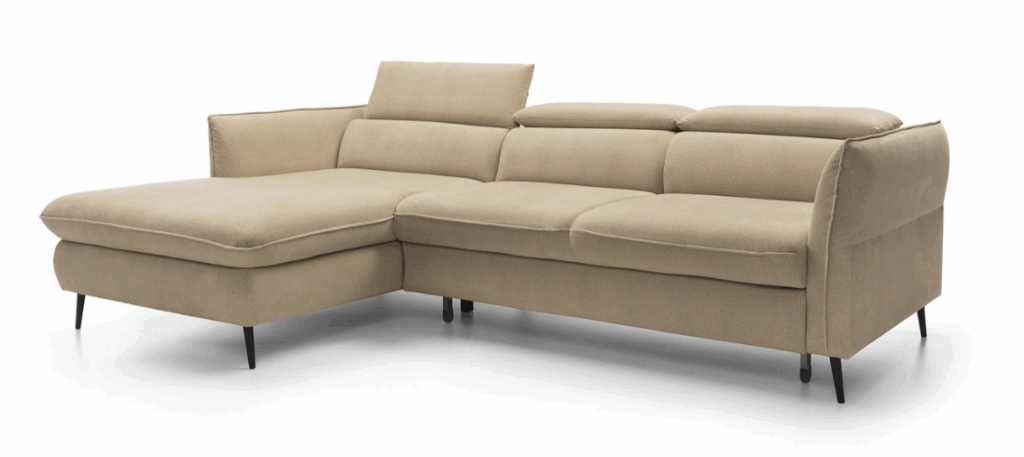Posted on April 29, 2025
How to repair and restore old furniture instead of replacing it
The value of restoring instead of replacing furniture
In today’s world, where sustainability is becoming a priority, more people are turning towards furniture restoration UK services and DIY projects rather than replacing old pieces. Restoring furniture not only reduces waste but also allows you to hold onto items full of character, history, and craftsmanship that are often hard to find in new mass-produced products.
Restoring old furniture helps to preserve its charm while adapting it to modern interiors. Whether you are fixing a vintage armchair or updating an heirloom cabinet, giving furniture a second life is a rewarding process. Even simple upgrades like repairing a wooden frame or reupholstering a sofa can transform a tired piece into a beautiful focal point, enhancing the style of your home. If you’re planning to complement your restored furniture with new pieces, check out our Sofas and Corner Sofas collections for inspiration.

Essential tools and materials for DIY furniture restoration UK
Undertaking DIY furniture repair requires a few essential tools and materials. Sandpaper, wood glue, clamps, filler, and a basic toolkit (including a hammer, screwdrivers and a hand saw) can handle most restoration projects. For upholstered items, you might need a staple gun, fabric scissors and replacement foam or batting.
Choosing the right paint or wood stain is crucial to achieving a professional finish. Opt for high-quality products that match the original tones or add a fresh twist. If you’re restoring a wooden coffee table near your Sofa Bed, ensure the finish complements the surrounding furniture. A little investment in good tools and materials makes a significant difference in the quality and longevity of your restoration.
Step-by-step guide to upcycling old furniture restoration UK
Upcycling old furniture is easier than you might think. Start by inspecting the piece for structural issues—loose joints, missing hardware or surface damage. Sand the surface lightly to remove old varnish, paint or dirt, working with the grain of the wood. Repair any damage with filler or glue, allowing it to dry thoroughly before moving on.
Once the structure is sound, you can decide whether to repaint, re-stain or reupholster the piece. Applying a primer before painting ensures a smooth, lasting finish. For fabric projects, carefully remove the old covering, replace the padding if necessary, and secure new fabric neatly. By following these simple steps, even beginners can achieve satisfying results and breathe new life into forgotten items.
Benefits of choosing restoration over buying new
Choosing restoration over buying new offers numerous benefits beyond sustainability. Older furniture often features better quality materials and construction techniques than many contemporary mass-produced options. By restoring, you retain this craftsmanship while updating the look to match your evolving style.
Restored pieces bring character and personality into your home, offering a rich contrast to newer items like modern Sofas or Sofa Beds. Restoration can also be a more affordable option, allowing you to create bespoke furniture without the premium price tag. Ultimately, giving furniture a second life is a meaningful way to support sustainable living while maintaining a stylish, welcoming home.
Tips for maintaining restored furniture for long-term enjoyment
Once you’ve restored your furniture, caring for it properly will ensure it remains beautiful for years to come. Regular dusting with a soft cloth, using coasters to protect surfaces, and keeping pieces out of direct sunlight are all simple but effective habits. For wooden pieces, occasional waxing or oiling can preserve the finish and prevent drying or cracking.
Avoid placing restored furniture near radiators or air conditioning vents, as extreme temperatures and humidity changes can damage the wood and adhesives. If you’ve upcycled an upholstered item, vacuum it regularly and spot-clean spills immediately. By investing a little time in maintenance, you’ll keep your restored treasures looking fresh and fitting seamlessly into your living spaces.
Explore the world of furniture restoration UK and discover how upcycling old furniture can transform your living space
Learn practical tips for DIY furniture repair and find out how restoring timeless pieces can add character and sustainability to your home.

